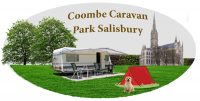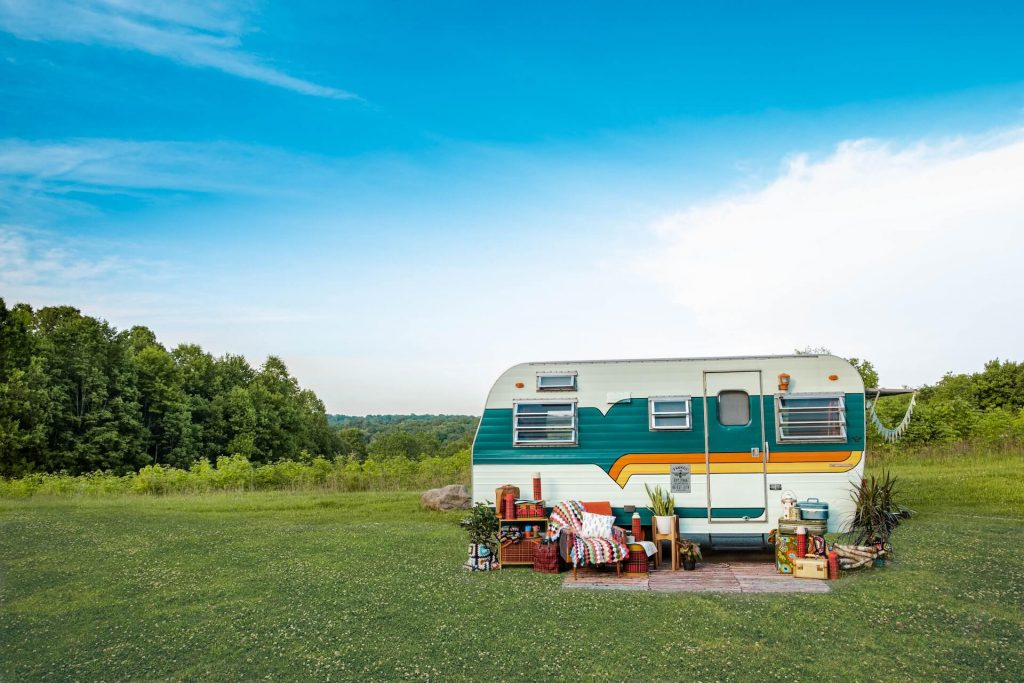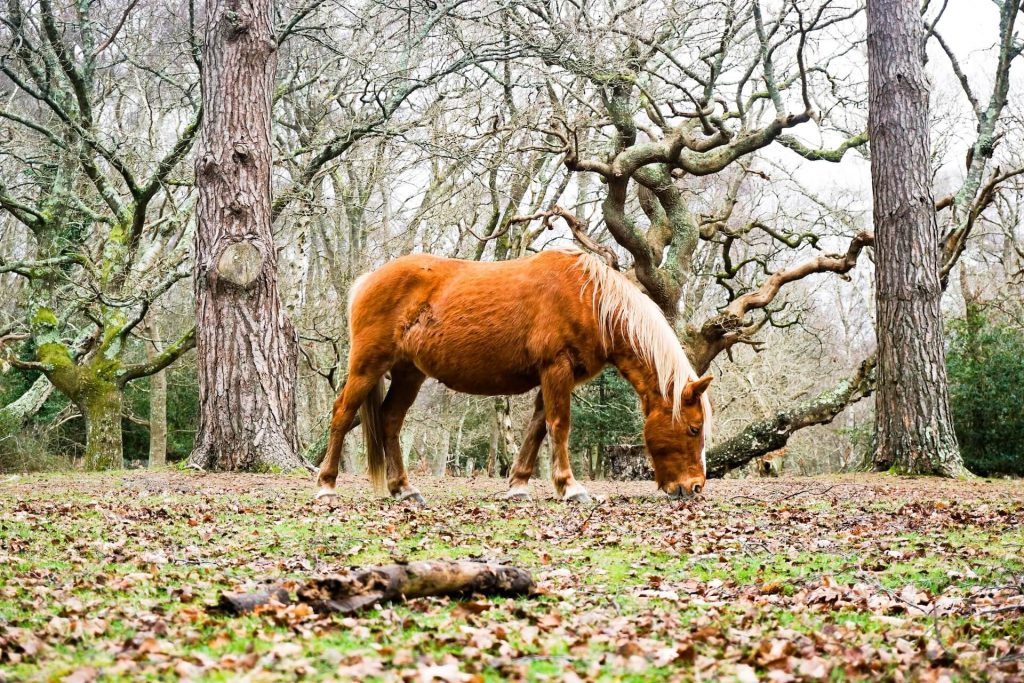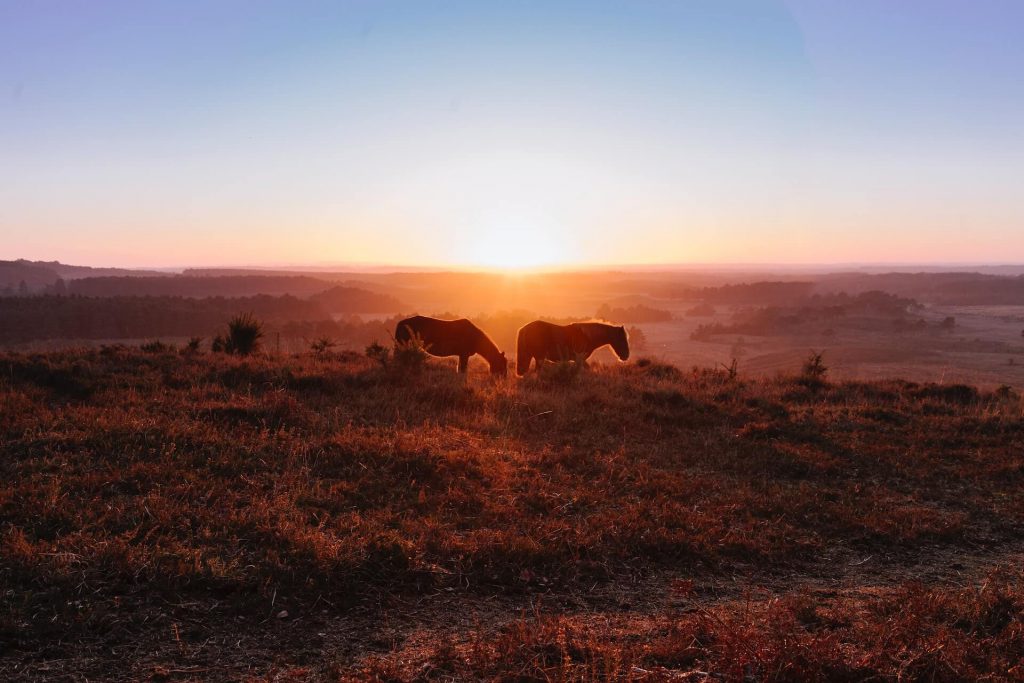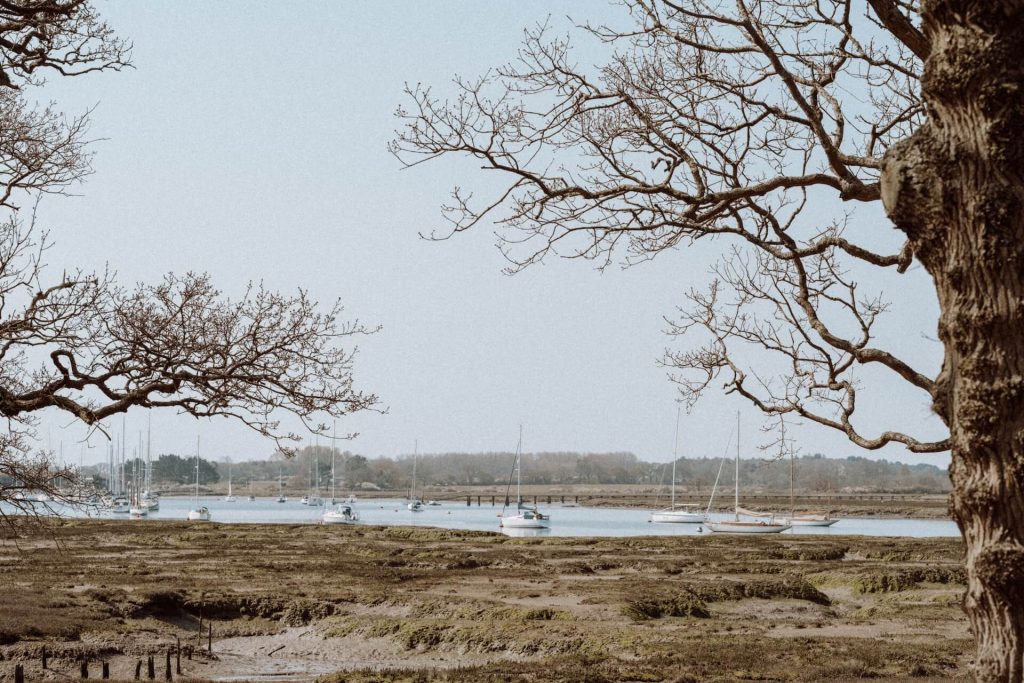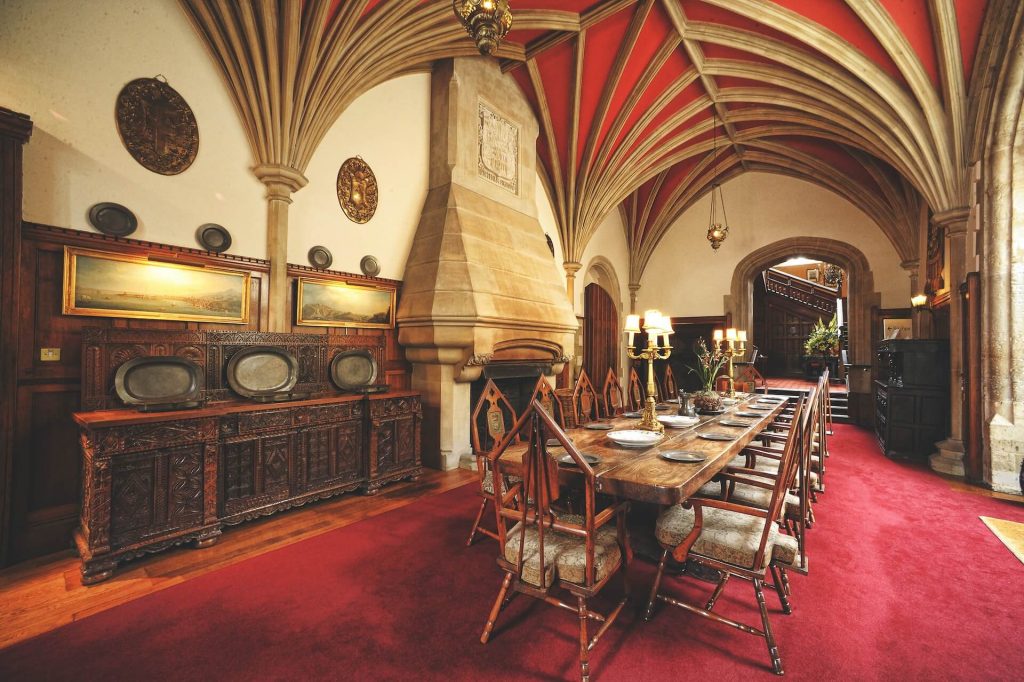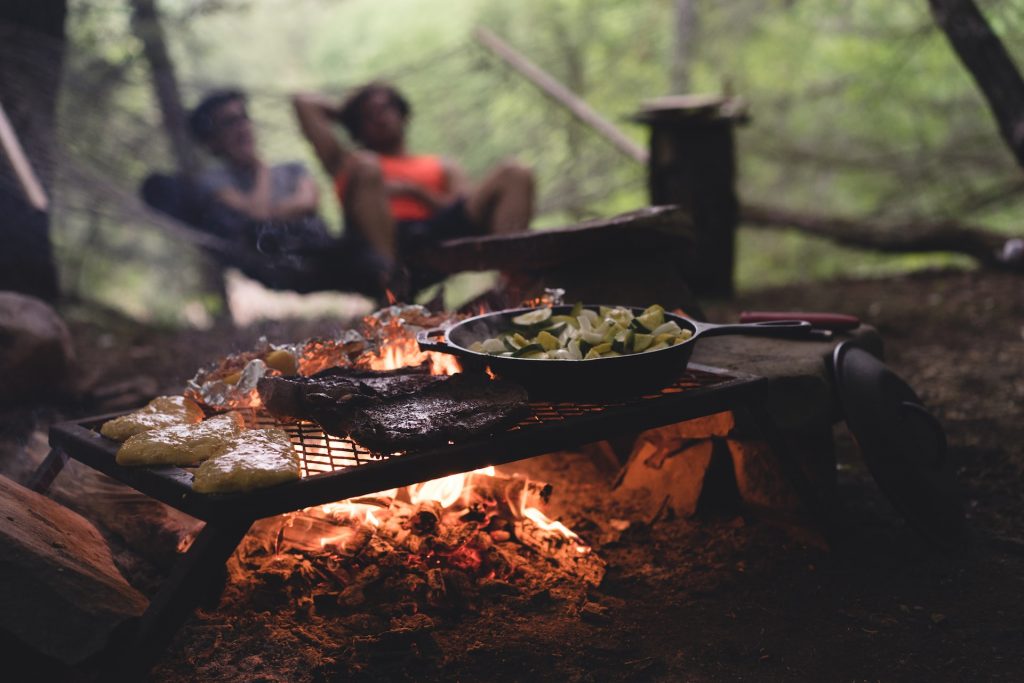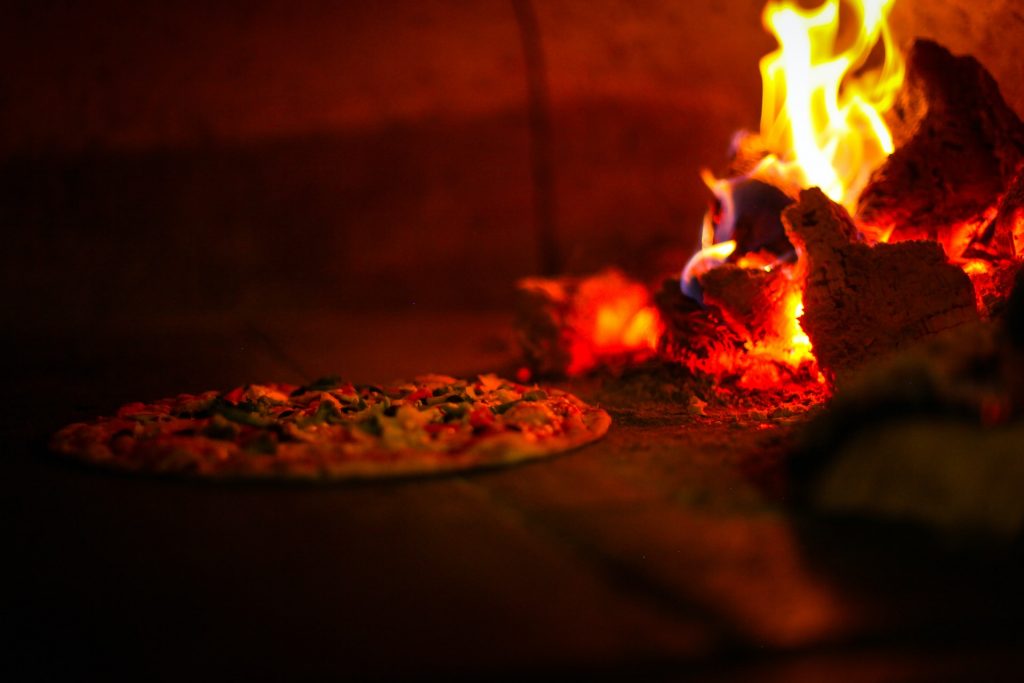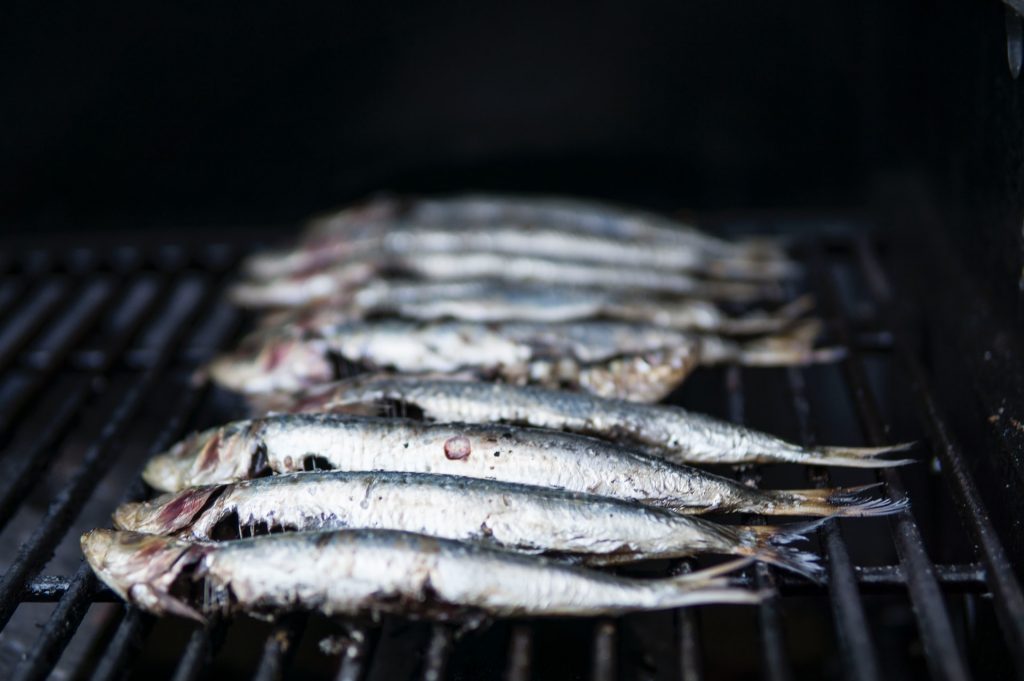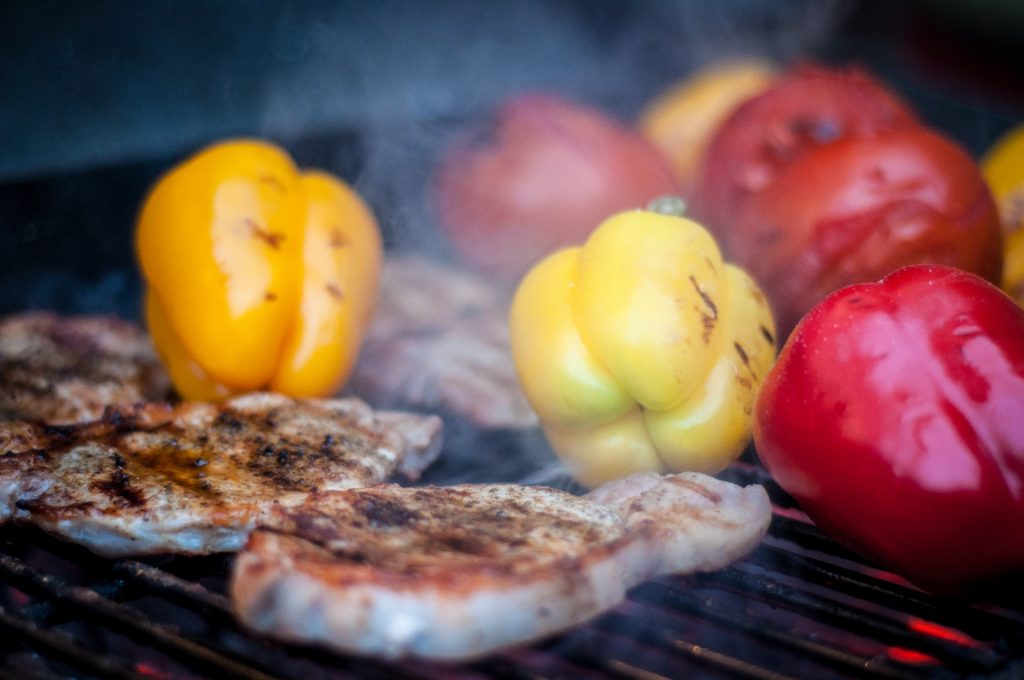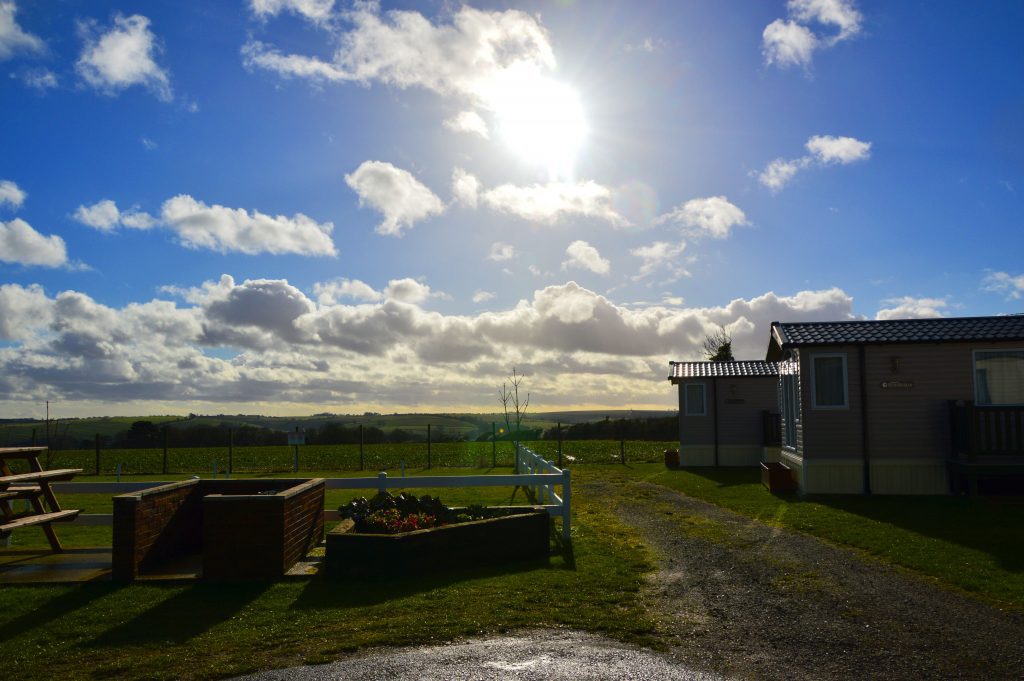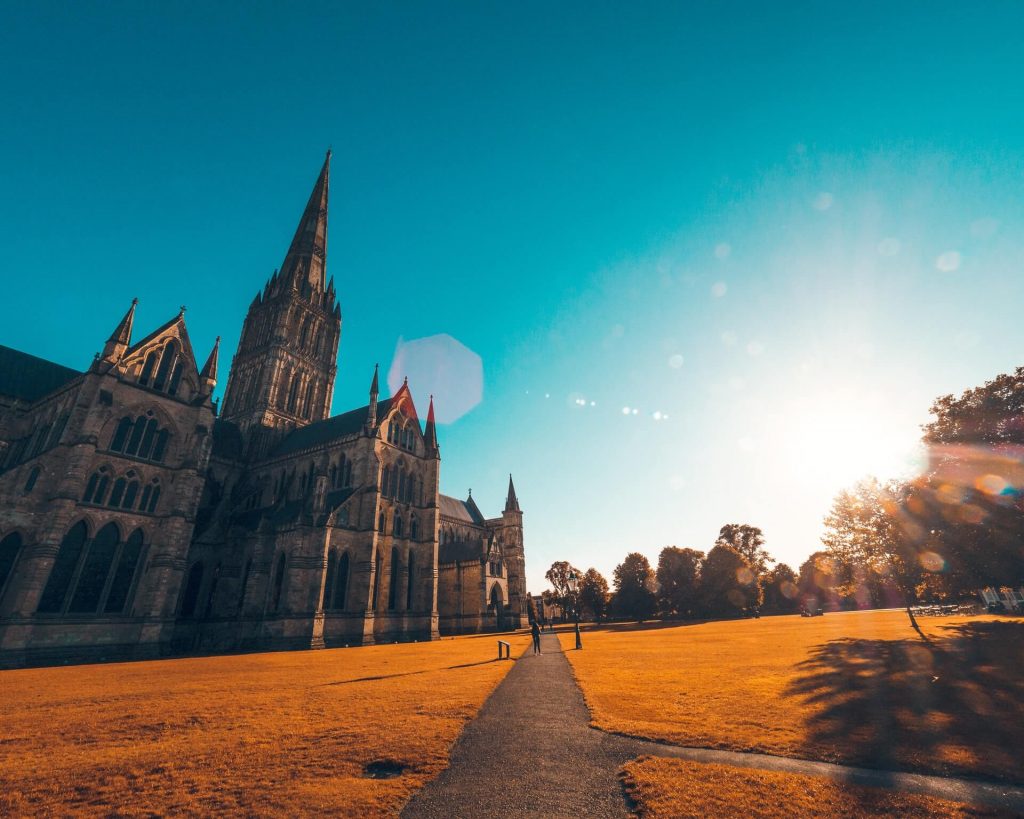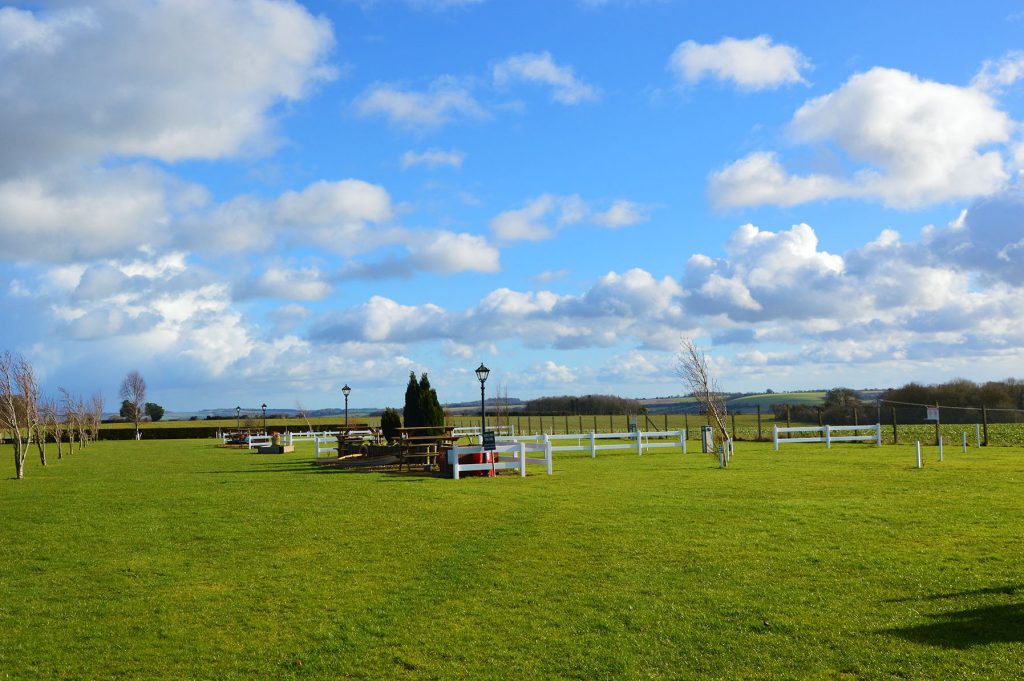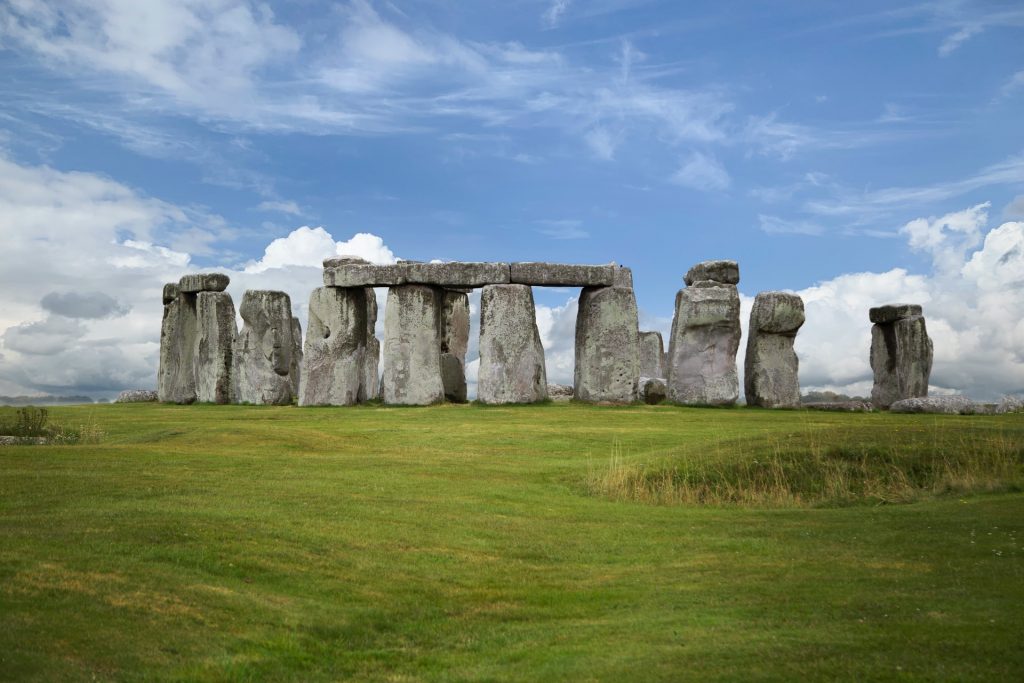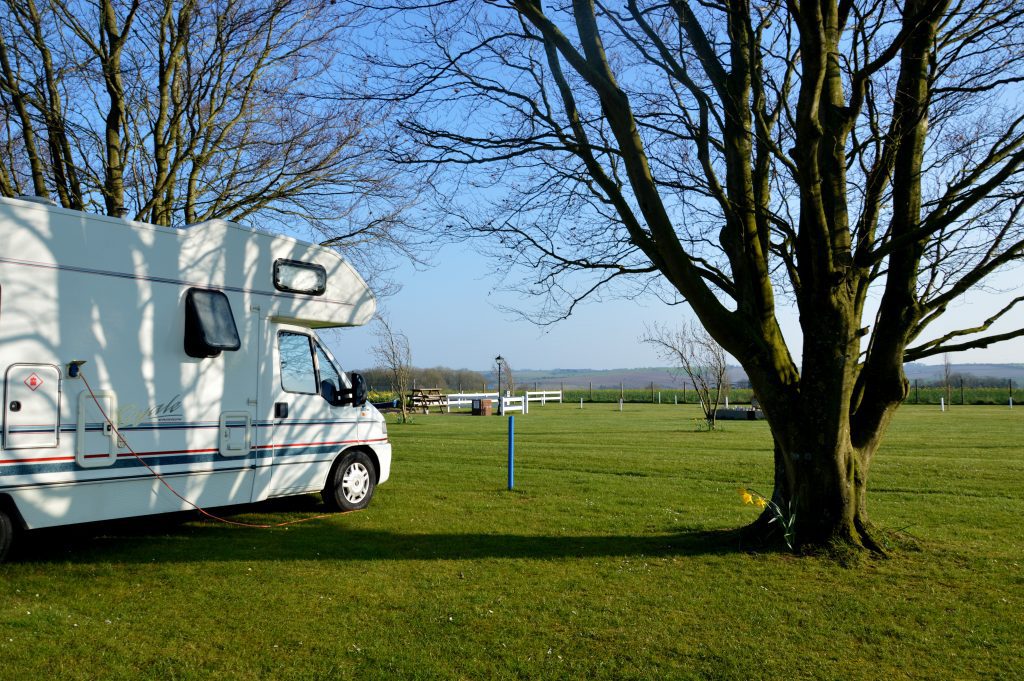In the midst of COP27, and its increasingly crucial message of reducing our global impact on the environment, we’ve rounded up some simple yet often overlooked ways that you can do your part for the environment when camping whilst still enjoying a relaxing, luxurious break.
Reduce your plastic
This is one of the easiest ways to reduce your carbon footprint. Instead of buying pre-packaged food which uses lots of unnecessary plastic, consider preparing your food at home in sustainable packaging such as beeswax parchment paper, reusable tupperware, or even ziplock bags (you can find great recipes to prepare at home on our blog about barbeque recipes).
Use metal or reusable water bottles and eco-friendly cutlery instead of single-use plastic ones that end up in a landfill. There is a vast array of options to choose from, many of which are cost-effective when you consider the long-term use.
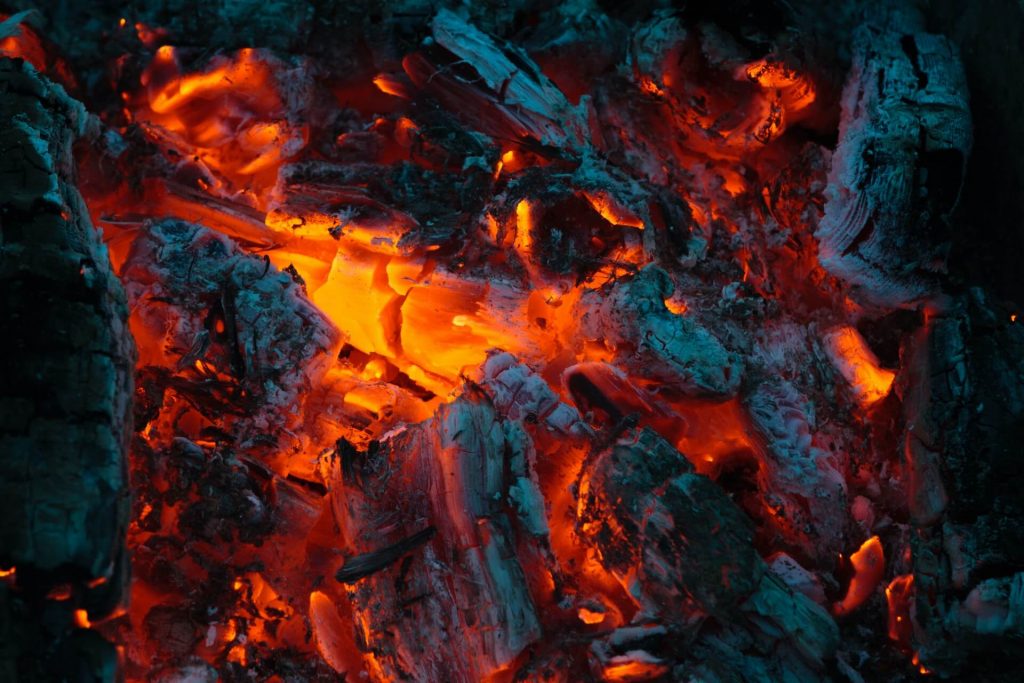
Buy sustainable charcoal alternatives
If you’re planning on having a barbeque whilst on your camping trip, consider purchasing some sustainable charcoal alternatives such as eco-friendly coals made from coconut husks, or smokeless coals that use crushed olive stones thus creating less CO2. There are lots of new varieties available in the UK, including sustainable firelighters, so it’s worth taking a look to see what would be the most suitable for your needs.
Install solar panels
You may have already opted for the more eco-friendly choice of buying a second hand caravan, but if you wanted to take this a step further, installing solar panels is a great way of reducing your energy usage for appliances, though it is always worth checking with the caravan park if they have any rules on this or permissions needed. You will need to shop around for a quote, but you will be provided with an accurate estimate as well as an outline of the work involved.
Use eco-friendly products
If you’re on a longer holiday, you may find that you want to do your laundry on-site (Coombe Caravan has a laundry room with three washing lines) then why not opt for an eco-friendly alternative to chemical detergents? Some brands offer laundry tablets that are so small you can fit them in your pocket, making them incredibly accessible as well as sustainable. You can also do the same for multi-purpose sprays and other household cleaning if you’re staying in a static caravan or your own.
Bring a bike
Riding a bike instead of driving to nearby attractions is not only a brilliant way of taking in the local flora and fauna, but it also significantly reduces your carbon footprint. There are so many affordable options to choose from, and you’ll be getting in enough daily exercise to make up for the smores by the campfire in the evening! Again, check out your local second-hand websites to grab a bargain whilst also increasing those environmental brownie points.

Enjoy our bee-friendly flower display
Did you know that Brian plants over 7500 bedding flowers a year? This feast of the eyes and nose is not just for people, it also attracts some critically important bees to the gardens, which aid pollination and encourage biodiversity, many of which are declining to dangerously low numbers. Bring a deck chair and a cup of tea and bask in the natural beauty that the park has to offer.
